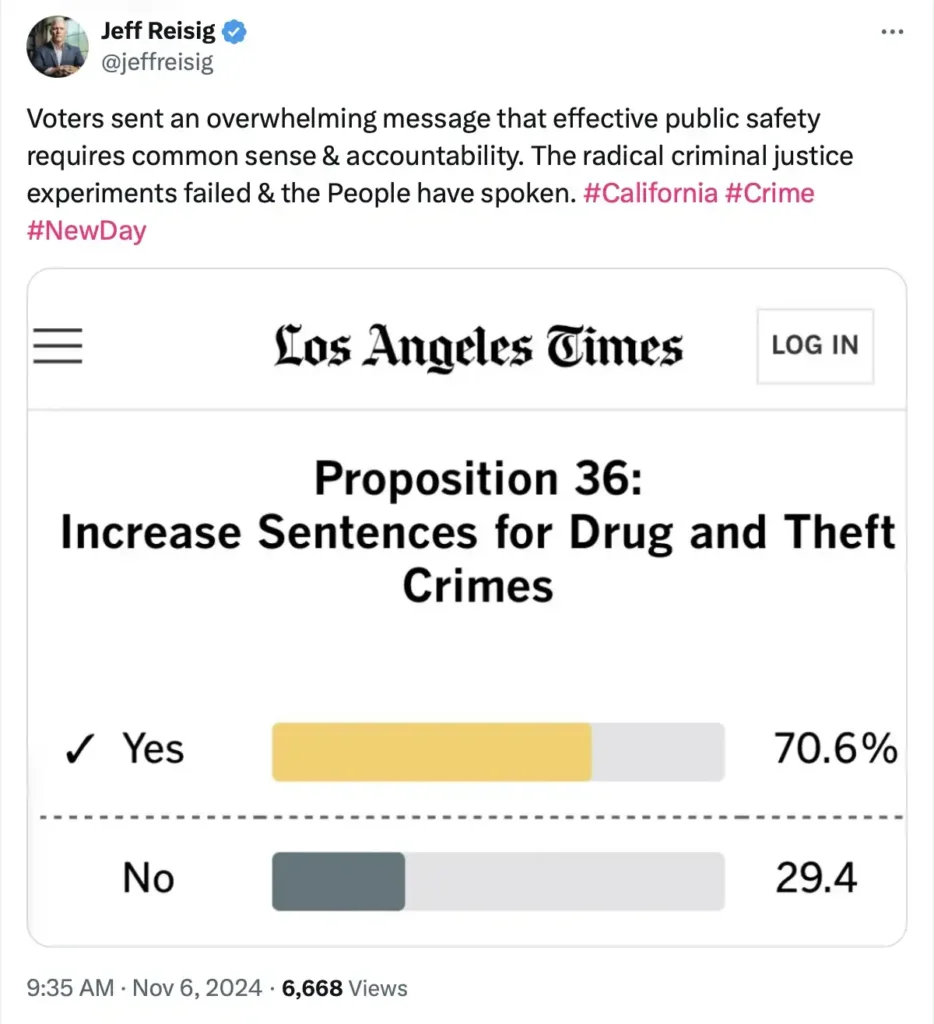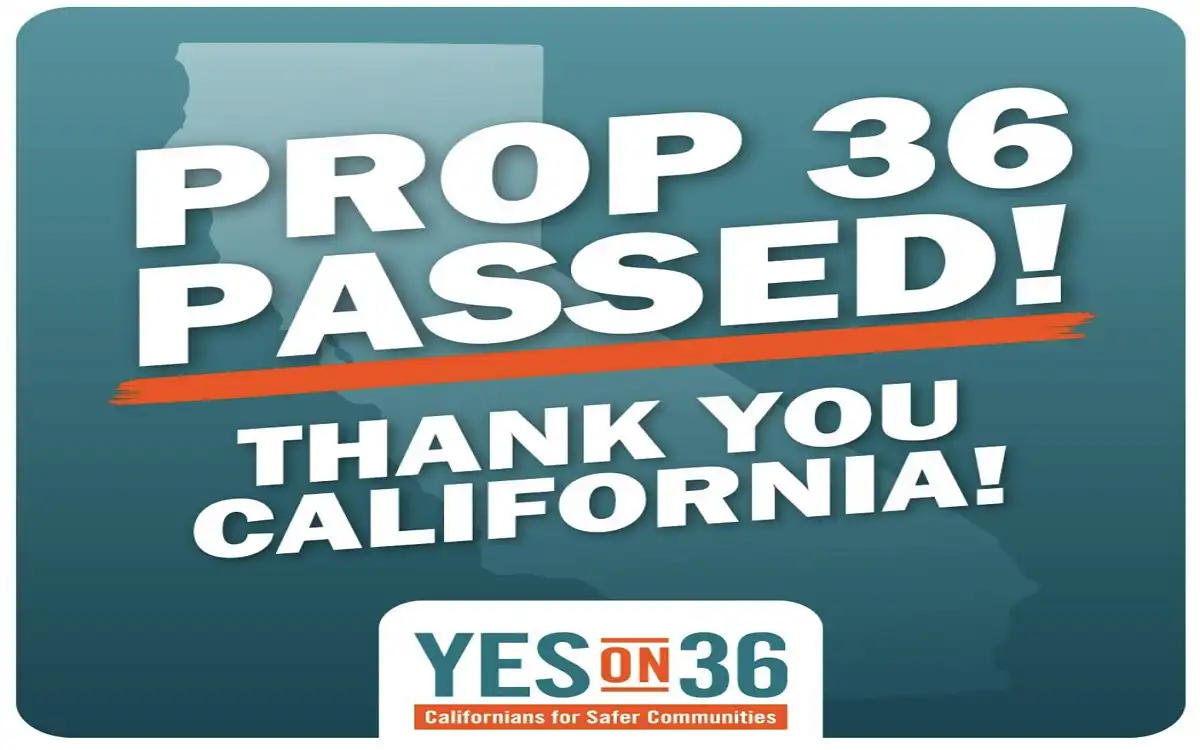|
Getting your Trinity Audio player ready...
|
In a significant shift from previous policies, California lawmakers and law enforcement officials have launched a comprehensive initiative aimed at strengthening public safety and combating the surge in retail theft across the state. The new measures, collectively dubbed the “California Crime Prevention and Enforcement Act,” represent a marked departure from the state’s previous criminal justice reform approaches.
Tougher Stance on Organized Retail Crime
The legislation, which gained bipartisan support in Sacramento, introduces enhanced penalties for organized retail theft and modifies Proposition 47’s theft thresholds. State Attorney General Rob Bonta emphasized the urgency of these changes, stating,

We’re witnessing a fundamental shift in how California addresses crime. This isn’t about reversing progress; it’s about finding the right balance between reform and public safety.
Key provisions of the new law include:
- Reducing the felony theft threshold from $950 to $500
- Establishing specialized task forces in major metropolitan areas
- Implementing mandatory minimum sentences for repeat offenders
- Creating a statewide database to track retail theft patterns
Business Community Response
The California Retailers Association reports that member businesses have seen a 35% reduction in retail theft incidents in pilot areas where these measures were initially tested. Rachel Michelin, the association’s president, noted:
For the first time in years, our members are expressing optimism about operating in California. These changes signal that the state is serious about protecting businesses and consumers alike.
Law Enforcement Implementation
Police departments across major California cities have begun implementing new tactical response units specifically trained to address organized retail crime. The Retail Crime Task Force program, initially launched in Los Angeles and San Francisco, is now expanding to other metropolitan areas.
Sacramento Police Chief Katherine Lester commented:

We’re seeing a real difference in how we can respond to these crimes. The new tools at our disposal allow for more effective prevention and prosecution.
Public Opinion and Community Impact
Recent polling indicates that 73% of California residents support the stronger approach to crime prevention, with particular emphasis on addressing quality-of-life crimes that affect local communities. The shift in policy has garnered support from both traditional law-and-order advocates and reform-minded citizens who acknowledge the need for balanced approaches to public safety.
Economic Implications
The California Chamber of Commerce estimates that retail theft has cost the state’s economy over $8.4 billion in the past year alone. The new measures are projected to help reduce these losses by as much as 40% within the first year of implementation.

Rehabilitation and Prevention Programs
Alongside stricter enforcement, the legislation includes provisions for:
- Enhanced job training programs for at-risk youth
- Expanded mental health services in high-crime areas
- Increased funding for addiction treatment programs
Looking Ahead
While some civil rights advocates express concerns about the potential impact on marginalized communities, supporters argue that the new approach maintains important reforms while addressing legitimate public safety concerns. State Senator María Elena Durazo emphasized:
This legislation strikes the right balance between accountability and compassion. We’re not returning to the failed policies of the past; we’re creating a new model that works for all Californians.
The implementation of these new measures will be closely monitored over the coming months, with preliminary data expected to provide insights into their effectiveness by early 2025.
For More News Update Visit California News



